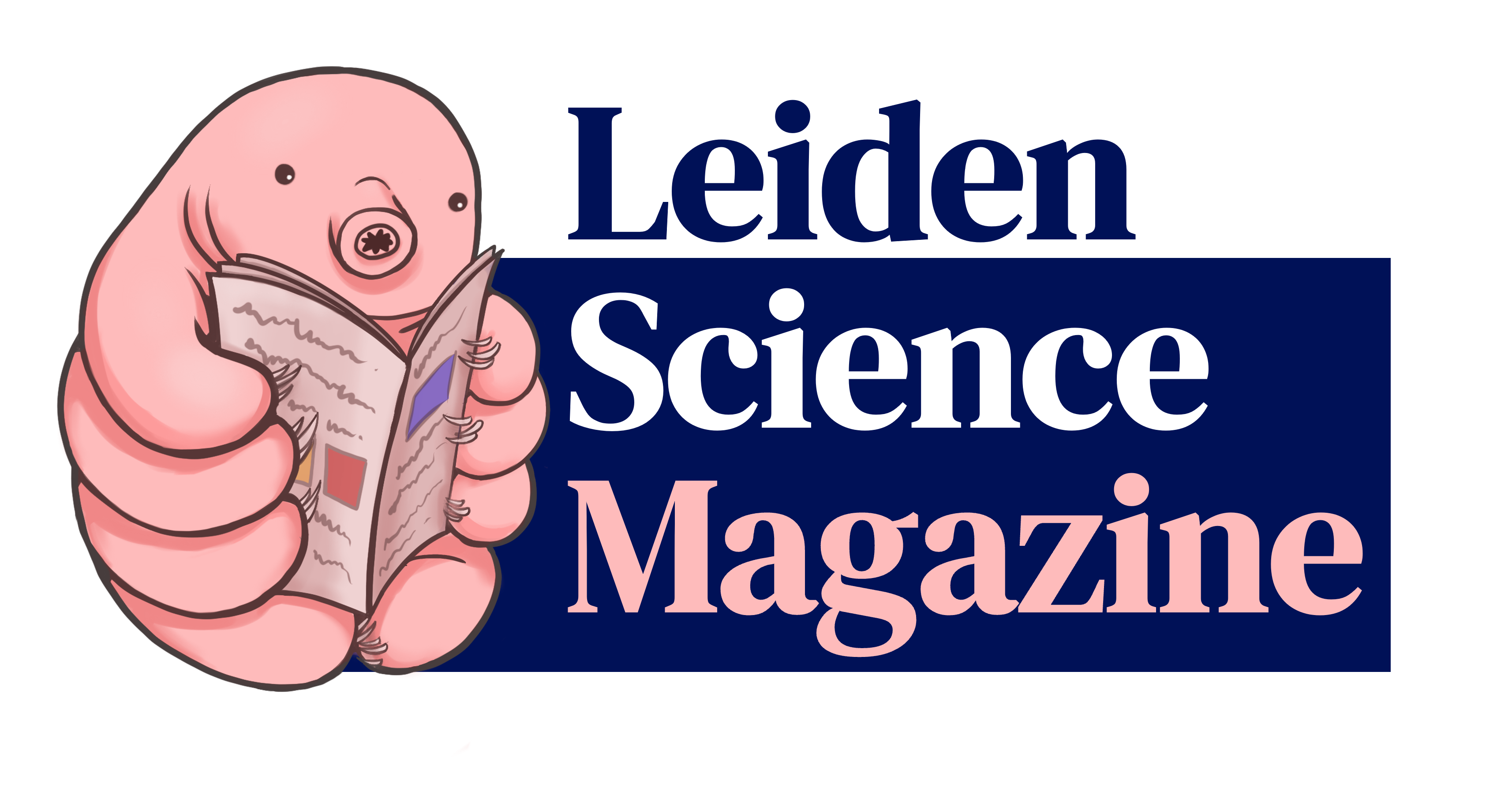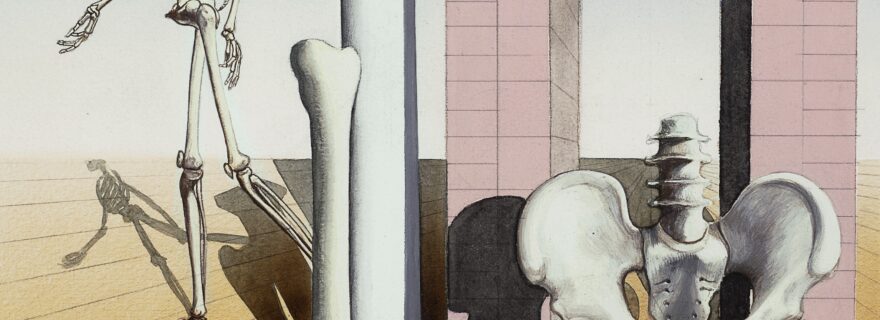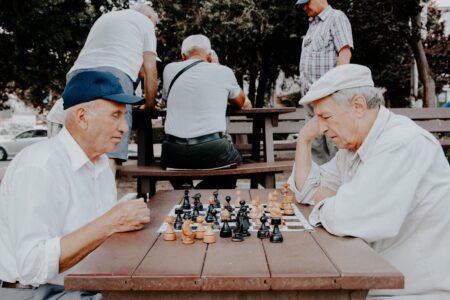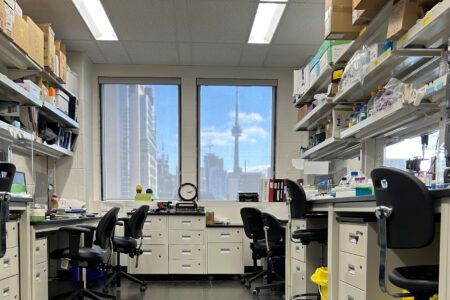Rebuilding bones: like stacking LEGO®
This featured guest article by Imogen Powell tells us about an interesting new study, in which researchers try to come up with a method for curing bone disease.
The term bone disease encompasses a set of uncurable afflictions with dreadful consequences in the day-to-day-lives of those affected. Although treatments do exist for a handful of these illnesses, medication is scarce in some rarer forms of the disease, and only some of the symptoms can be addressed by pharmaceuticals and physical therapy. However, novel bio-engineered sheets may lead the way to a safe treatment strategy aimed at regenerating bone from the surface-upwards.
Although most of us will go decades without having to give a second thought about the integrity of our bones, a large cluster of the population has to consider this reality daily. In the Netherlands, in 2010, 76,000 patients were treated for fractures due to bone fragility1. In fact, the medical cost for these fractures is speculated to escalate from €824 million in 2010 to €1.1 billion in 2025 due to the ageing population.
Bone disease is therefore a hefty and burgeoning financial burden in the medical world. This umbrella of afflictions not only affects the elderly, but also those born with genetic mutations affecting bone growth and density. No age-group is safe from the repercussions of these skeletal defects, and many argue that therapy should be made available to those burdened with bone disease. Slowly, plausible long-term treatments are coming to light in this realm, offering the possibility of overall cost reduction and life-expectancy increase for patients.

Inducing bone formation like stacking LEGO® blocks
At the University of California Davis in Sacramento, one research group has developed an exciting new technology that may help the growing cluster of patients affected with bone disease worldwide. The concept behind the bio-engineering scientists’ novel design is a collagen-based material that would envelop patients’ fragile bone and encourage its reinforcement2. The bio-sheet would act as an initial LEGO®-type block onto which vital cells can attach themselves, and initiate the bone growth process.
The material in question would harbour a set of attachment points called ligands. These prong like protruding molecules would then be recognised by cells involved in bone formation, such as osteoblasts. On the surface of the latter, receptors called integrins would perfectly recognise the ligands, forming a structure resembling two pieces of LEGO® locked together. This specific interaction would eventually allow for new bone to be built directly onto the existing frail skeleton, adding more pieces of LEGO® to the whole infrastructure until a solid, dense bone is obtained.

From rats, to sheep, to humans…?
Although a straightforward idea, the theory must match in vivo experimental results if this bio technology is ever to succeed in a human patient setting. Therefore, scientists at the University of California Davis conducted preliminary tests on animals. Their bone-promoting scaffolds were implanted directly onto the skull of rats, and onto backbone of sheep foetuses in pregnant ewes. In both animals, bone defects were first simulated in order to assess the performance of the new bio material on fractured skeletal features. Strikingly, cells with the potential to form new bone structures strongly accumulated around the sheet, leading to increased activity related to bone restructuration. These exciting results place this novel study as a front-runner in bone disease research.
Whilst these results seem promising for increasing the life expectancy of patients afflicted with bone disease, the battle is far from over. As with all emerging treatments, this bio-material is a long stretch away from being directly applicable to patients. On average, it takes an entire decade for a simple small-molecule drug to reach the marketplace from its discovery. This particular treatment is rather invasive, having to be implanted directly onto existing bone through surgical incisions. It is thus likely that the movement to race this technology to the market will be slow, and shall encounter several hurdles along the way.
This research was not carried out in vain, however. Coordinated efforts to improve the treatment for bone disease may be the key to finally decreasing mortality for this affliction. New discoveries can only be beneficial for the fate of medical care in this sector.
References
1 https://www.osteopolicynetwork.org/countries/the-netherlands/ - The Netherlands. (2021, October 6). Osteoporosis Therapy.
2 Hao, D., Liu, R. et. al (2023). A bioactive material with dual integrin-targeting ligands regulates specific endogenous cell adhesion and promotes vascularized bone regeneration in adult and fetal bone defects. Bioactive Materials, 20, 179–193. https://doi.org/10.1016/j.bioa...






0 Comments
Add a comment